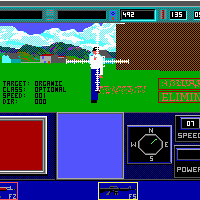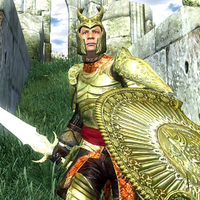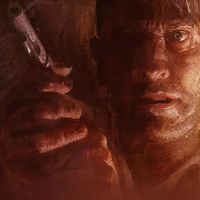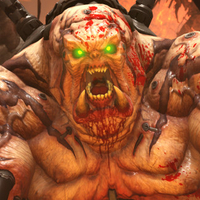The games that defined Bethesda, from 1986 to the Microsoft acquisition
A look back at the 35 years that made Bethesda the company it is today.
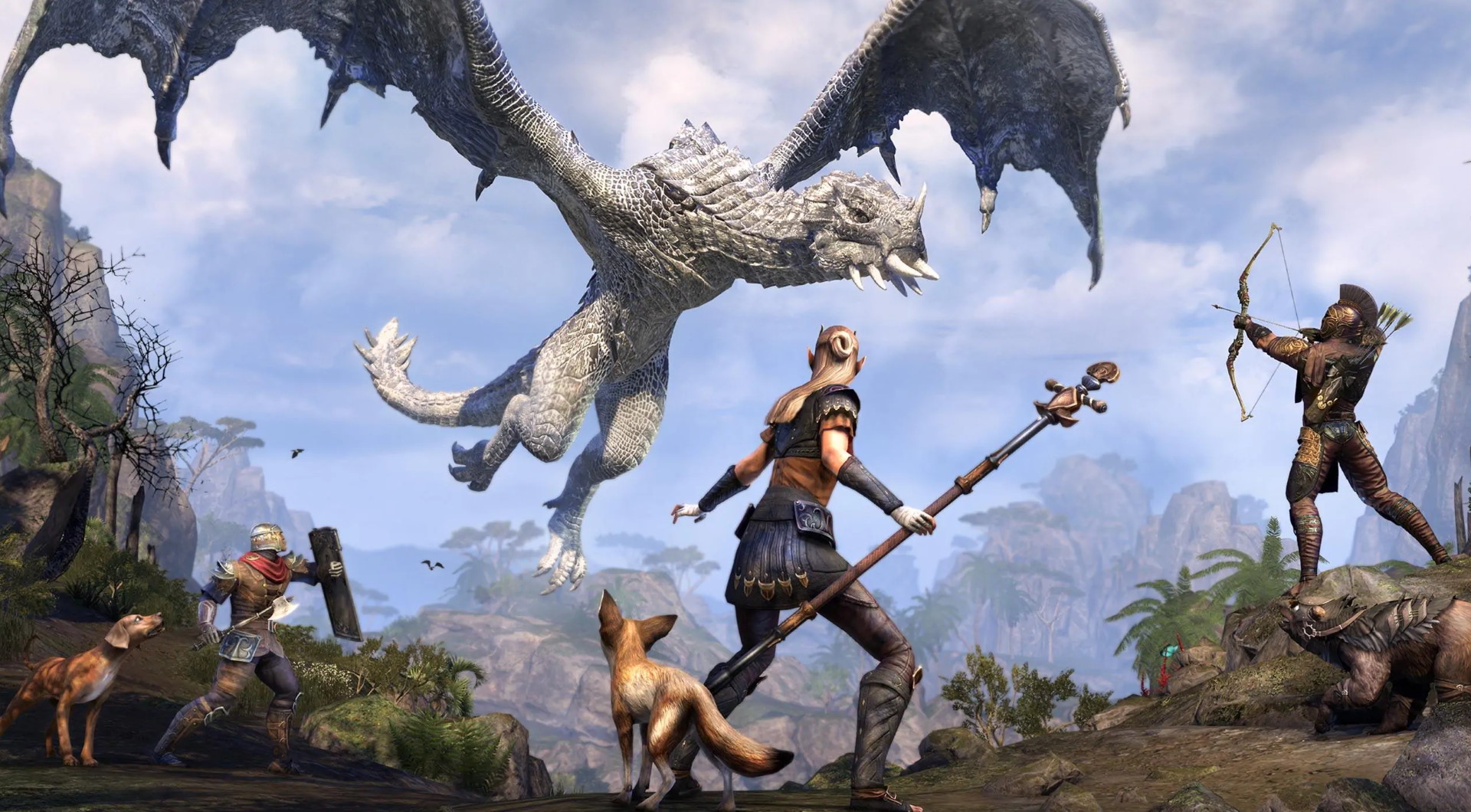
One of the biggest corporate acquisitions in gaming history is official: Microsoft owns Bethesda.
Technically, Microsoft now owns much more than Bethesda and its Elder Scrolls and Fallout games: It bought Bethesda parent company ZeniMax Media, which also owns id Software, Arkane, MachineGames, and Tango Gameworks. Corporate structure somewhat obscures the reality here, though. ZeniMax and Bethesda aren't interchangeable, but they are much more closely linked than ZeniMax and any of the other studios. The purchase of Bethesda, not those studios, is really what marks the end of an era.
That's because Bethesda isn't just one of the developers under the ZeniMax umbrella. The umbrella was made for Bethesda when ZeniMax was formed in 1999 by the late Robert A Altman and Bethesda's original founder, Christopher Weaver. It was later, starting around 2010, that ZeniMax started buying other studios, whose games Bethesda now publishes—it's the Bethesda Softworks label, not ZeniMax Media, that appears on the recent Doom games, the Dishonored games, The Evil Within, and all the others.
Weaver stopped working at ZeniMax in 2002 and has since sold most of his shares, but it still makes sense to look at Bethesda's run from its founding in 1986 to this year's Microsoft acquisition as one unbroken era. And as a publisher and developer, the company had quite a run in that time: The Bethesda label was stamped on everything from in-house classics like The Elder Scrolls 3: Morrowind to half-forgotten dreams like Wet and Brink. All in all, Bethesda published around 100 games from the time it was founded to the Microsoft acquisition this year.
Now that a new era is beginning for the 35-year-old company, we felt it was a good time to look back at the games that define Bethesda. There's a full list of Bethesda games on Wikipedia, but below are the most notable from our perspective:
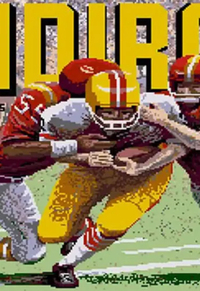
Gridiron! (1986)
Bethesda's first release was not an RPG, but an American football game on the Amiga that directly inspired the Madden series. Bethesda used simplistic dots to represent players so it could simulate the physics of players colliding, an unheard of feat in 1986. The success of Gridiron inspired EA to bring on Bethesda to create the first John Madden Football, though the relationship crumbled and resulted in a lawsuit.
The Terminator (1991)
Bethesda made several Terminator games, including a well-received FPS in 1995. But the first was the most notable, since it let you loose on a map of Los Angeles whether you played as Kyle Reese protecting Sarah Connor from Arnie, or as Arnie hunting them—a precursor to open-world games.

The Elder Scrolls: Arena (1994)
The first Elder Scrolls game was initially all about gladiator combat, hence the name 'Arena'. Feature creep resulted in the addition of sidequests, a world full of procedurally generated NPCs, and an entire RPG that eclipsed the modest game of first-person pit-fighting it began as.
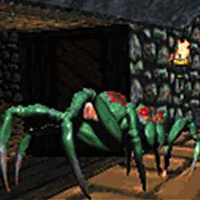
The Elder Scrolls 2: Daggerfall (1996)
An enormously buggy game that helped Bethesda earn its reputation for eccentric programming, but also full of talkative NPCs and faction quests, which characterized future Bethesda RPGs, too.

Magic & Mayhem (1998)
Fun fact: Bethesda published the North American version of the game Julian Gollop made after X-COM: Apocalypse. Magic & Mayhem has remained pretty obscure, though, whereas the XCOM series gained enduring popularity under Firaxis (which happens to be in Maryland, like Bethesda).

The Elder Scrolls 3: Morrowind (2002)
A radical step for the series, smaller in acreage—just an island—but much bigger in terms of interactivity, and more like the open world RPGs with WASD controls that we know today. Also, it was very weird in a way that we miss.
Pirates of the Caribbean (2003)
Russian studio Akella made this movie tie-in, initially a sequel to Sea Dogs before references to the Disney movie were shoehorned in. It wasn't great, but an absurdly deep improvement mod came out in 2019.
The Elder Scrolls 4: Oblivion (2006)
A massive sandbox where the freedom of choice can be almost paralyzing, Oblivion is easy to spend hundreds of hours adventuring in. The guild quests and the Shivering Isles especially stand out as some of the most memorable RPG storylines in the Elder Scrolls series. One great moment: stealing an Elder Scroll.
Call of Cthulhu: Dark Corners of the Earth (2006)
Bethesda published this horror game alongside Ubisoft (it's weird seeing their logos next to each other on the box). It's known for a lengthy development period that began in alt.horror.cthulhu—we published a telling of that story recently—and as an example of a critical hit that bombed commercially.

Bad Star Trek games (2006-2007)
Bethesda published a bunch of mediocre to bad Star Trek games during this period: Star Trek: Legacy, Star Trek: Tactical Assault, Star Trek: Encounters, and Star Trek: Conquest. The dev behind a couple of them, 4J Studios, went on to port Minecraft to every console, so they're doing pretty good these days.

Fallout 3 (2008)
Bethesda bought the Fallout franchise and turned it from a 2D RPG into a 3D shooter. Preserving the turn-based feel with the VATS combat system was clever, but it was the scale and fidelity of the open world that blew minds in 2018—Fallout 3 felt like the start of a new age for videogames.

Wet (2009)
The thing most remember about this Bethesda-published third-person shooter is the marketing, which tells you something about it. The studio that made it was later renamed Behaviour Interactive, current makers of Dead by Daylight.
Quake Live (2010)
A free-to-play, browser-based version of Quake 3 that is now $10 on Steam. The arena shooter era was already waning at this point, but Live has had a decent life, and the free-to-play launch was perhaps even ahead of its time.

Fallout: New Vegas (2010)
In a somewhat surprising move, Bethesda gave Obsidian the job of following-up its success with Fallout 3. It was a good call. For many, New Vegas surpassed Bethesda's post-apocalyptic RPGs. (Funnily, Microsoft also owns Obsidian these days. New Vegas 2 incoming?)
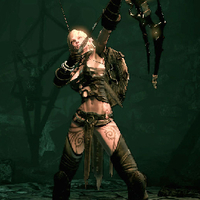
Hunted: The Demon's Forge (2011)
An almost but not entirely forgotten inXile action game that Bethesda published. Hunted didn't win any awards, but it's a fun little anomaly with action spell casting—did it have a chance when, a handful of months after it released, Skyrim came out?

Brink (2011)
A gritty take on Team Fortress 2 developed by FPS veterans Splash Damage. Brink was full of ambitious ideas, chief among them the S.M.A.R.T. parkour system that let players smoothly glide over terrain. It never caught on, but Splash Damage applied some of these ideas to its follow-up, Dirty Bomb, a few years later.
The Elder Scrolls 5: Skyrim (2011)
Skyrim is easily one of the most influential games of the 2010s, and there's a 9-year-old named Dovahkiin out there who knows that better than any of us ever will. For better or worse, its design and legacy still defines Bethesda more than any other game.

Rage (2011)
The last id Software game of the John Carmack era, and so of course it was a showcase for new graphics tech. Id Tech 5 was perhaps ahead of its time, because the pop-in at launch was rough, but id continues to iterate on the tech today. (Oh, and the game itself was alright.)

Dishonored (2012)
Dishonored is a modern stealth masterpiece that expanded on Looking Glass Studios' Thief series with inventive magical powers and dense sandboxes to carve a path through. An artistically striking immersive sim that propelled developer Arkane to new heights.
Wolfenstein: The New Order (2014)
Over the past decade, the spectre of live service games has repeatedly created panics about the death of singleplayer. The ZeniMax studios—MachineGames, in this case—and Bethesda Softworks label continuously defied that narrative. We gave The New Order a respectable 84%.
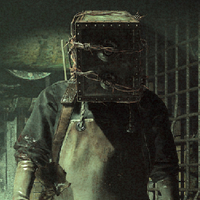
The Evil Within (2014)
As the last generation of hardware was just getting started, Bethesda published a new survival horror game headed up by Resident Evil director Shinji Mikami and his ZeniMax-owned Tango Gameworks studio. It was a bumpy first effort, but was enough for a sequel, which fared well.

The Elder Scrolls Online (2014)
ZeniMax Online Studios develops the MMO offshoot of The Elder Scrolls, though like other ZeniMax games it's published under the Bethesda Softworks label. After the Tamriel Unlimited update it became a good first MMO for the group, especially considering how many online games just faceplant these days.
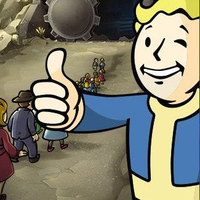
Fallout Shelter (2015)
First available on phones, and later on consoles and Windows, the free-to-play game (with microtransactions) lets players build and manage their own Fallout Vaults. As of 2019, it had been downloaded over 150 million times.

Fallout 4 (2015)
Its roleplaying elements felt a bit streamlined when compared with earlier games, but Fallout 4 was still a big, engrossing adventure (and the biggest seller in the series) even if it didn't evolve into anything that felt particularly new or original.
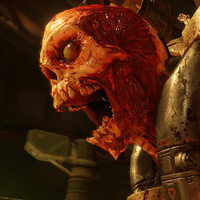
Doom (2016)
In 2015, you'd have been forgiven for wondering if id Software's destiny lay more in tech development than shooter design. Rage was fine, but not a landmark release. And then the brilliant Doom 2016 came out, totally realigning our perspective on id Software's Bethesda era.
Dishonored 2 (2016)
Four years after the critical success of Dishonored, Arkane took another stab at its stealthy immersive sim in a new city and with a new optional protagonist. While level design saw a considerable leap forward, Dishonored 2 was mostly more of a good thing.

The Elder Scrolls: Legends (2017)
A good card game that didn't quite blow up—not like Hearthstone, at least, but what has? The attempt at least showed Bethesda wasn't content to stick to its staples, as Fallout Shelter and Fallout 76 also demonstrated.

Prey (2017)
Off the heels of Dishonored, Arkane's Lyon studio tackled a sequel while Arkane Austin started work on an ambitious, surprising, and frankly underappreciated reboot of 2006's Prey. Prey 2017 is like if they just kept making System Shock games after 1999.
The Evil Within 2 (2017)
Tango Gameworks improved on The Evil Within with its followup, another throwback to classic survival horror games that, as we said in our review, "revels in its grotesqueness."

Wolfenstein 2: The New Colossus (2017)
Machine Games' middle chapter in what we sure hope is a triumphant trilogy, The New Colossus cranks up the absurdity of its predecessor that surprises as often as it delights. Killing Nazis never really gets old, as it turns out.

Fallout 76 (2018)
Fallout goes multiplayer and online only. After a messy launch and early controversies, Bethesda pushed PvP to the sidelines and added NPCs and branching quests. Some see the whole game as a misstep, but it's improved a lot, and perhaps future online Bethesda games will learn from it.
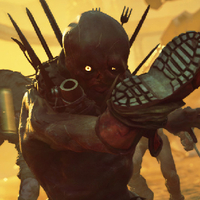
Rage 2 (2019)
A co-development between id Software and Max Max/Just Cause developer Avalanche, Rage 2 felt like it was trying to outdo its own FPS cousin, Doom 2016, without the gun feel and level design to back it up. A curious sequel to an equally strange predecessor.
Doom Eternal (2020)
Doom 3, Quake Champions, and the Rage series are debatably under-appreciated, but it's hard to call them essential. Doom Eternal is, though: 2016's Doom was great, but in our view, Eternal is a new zenith for id Software. We gave it a rare 94% in our review.
What's next for Bethesda under Microsoft?
Although there's some talk of Xbox exclusivity—which these days really means Xbox and Windows exclusivity—we don't expect to see any immediate changes to Bethesda or the ZeniMax studios as a result of Microsoft's acquisition. The new circumstances will surely alter the companies in the long run, but for now, they continue to work on the same games we were expecting.
The next big thing from Bethesda Game Studios itself is Starfield, a sci-fi RPG that we know very little about. We do know that it will release before The Elder Scrolls 6, but we know even less about that game, which may not even release until the middle of the decade, or later.
Keep up to date with the most important stories and the best deals, as picked by the PC Gamer team.
Meanwhile, Arkane Lyon is working on a time-warping assassination game called Deathloop, MachineGames has an Indiana Jones game in the works, and id Software is presumably planning to keep the Doom success going. Over in Japan, The Evil Within developer Tango Gameworks is working on spooky action game GhostWire: Tokyo.
As of 2019, the ZeniMax group also includes Roundhouse Studios, which is made up of the former staff of the defunct Human Head Studios, makers of Rune, the original Prey (as well as the version of Prey 2 that Bethesda canceled before rebooting the series with Arkane), Brink, and Defiance, among others. The closure of Human Head and formation of Roundhouse immediately after the release of Rune 2 is actually a point of legal contention for the publisher of that game, which is suing Bethesda over it. (Bethesda is not a stranger to lawsuits; you could tell its history with them.) We're not sure what Roundhouse is up to, but given its history, we expect its development to somehow be storied.
Years from now, the transition into Bethesda's Microsoft era might feel no different than the funding maneuver that led to the formation of ZeniMax in 1999, which replaced the old holding company. Bethesda and the other studios are staffed by the same people they were last week, after all. Todd Howard is still wandering those halls, doing whatever it is Todd Howard spends his days doing. And if Microsoft does exert a strong influence from the start, we can't be sure whether it'll be for the better or worse. For now, all we've noticed is that Skyrim and Fallout 4 might come to Xbox Game Pass for PC, and, hey, that seems pretty alright. We'll have a better picture of what the new Bethesda really looks like in a few years time.

Tyler grew up in Silicon Valley during the '80s and '90s, playing games like Zork and Arkanoid on early PCs. He was later captivated by Myst, SimCity, Civilization, Command & Conquer, all the shooters they call "boomer shooters" now, and PS1 classic Bushido Blade (that's right: he had Bleem!). Tyler joined PC Gamer in 2011, and today he's focused on the site's news coverage. His hobbies include amateur boxing and adding to his 1,200-plus hours in Rocket League.
